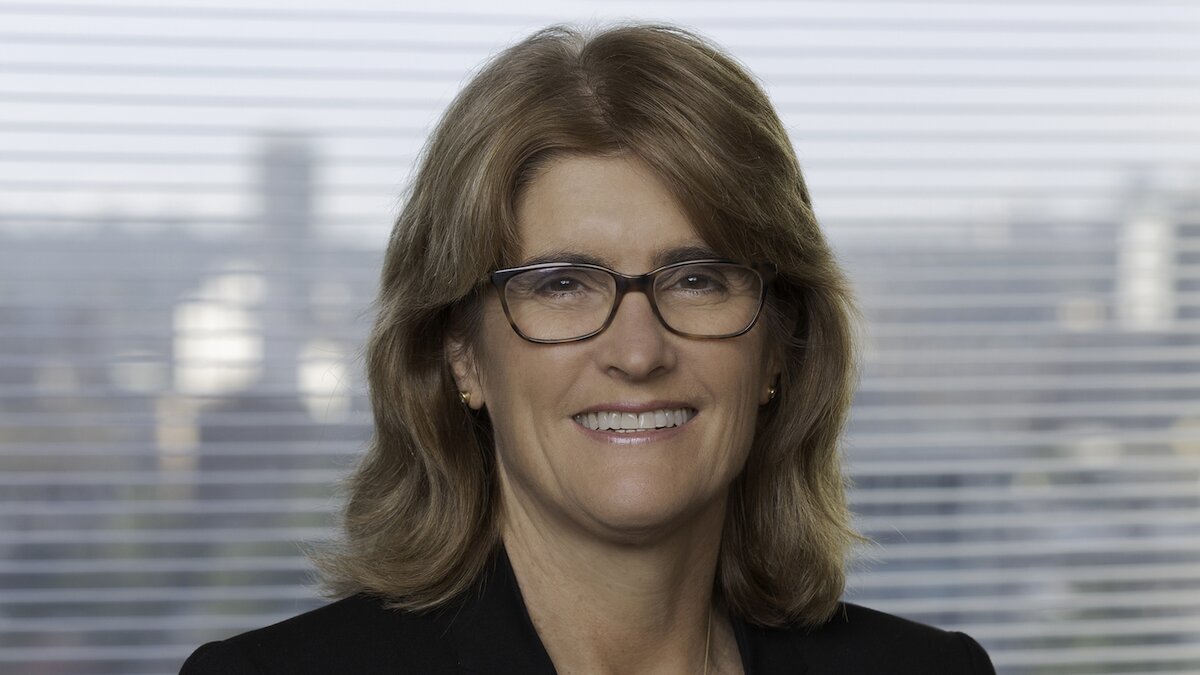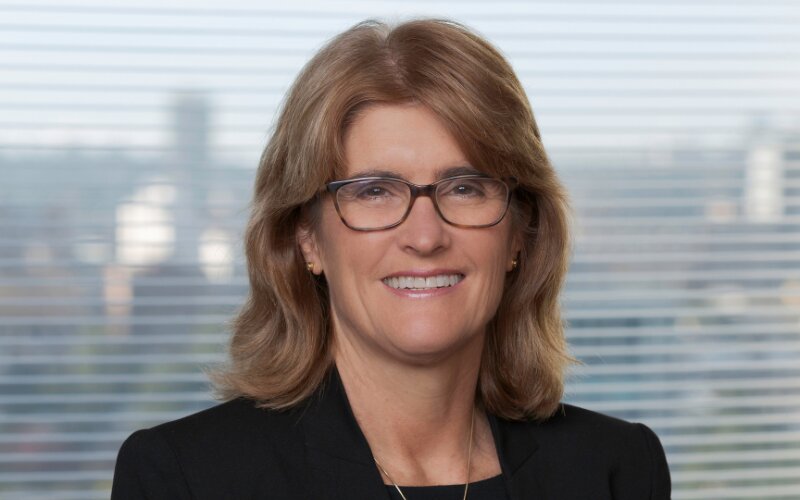The nine board members will come together this week and, over the course of Monday and Tuesday, make another decision that could prove crucial for borrowers nationwide.
They're in charge of setting what is perhaps the greatest influence on interest rates: the RBA cash rate.
The decision will come amid warnings from one of 2023’s most accurate RBA forecasters that the central bank could soon be forced to hike the rate to over 5% – up from its current level of 4.35%.
“We look like we're wandering off that narrow path,” Judo Bank chief economic advisor Warren Hogan told the Savings Tip Jar podcast on Tuesday, referencing former-RBA governor Philip Lowes' regular analogy of dodging a recession.
View this post on Instagram
“The RBA did less than similar central banks in the US, Canada, New Zealand, and the UK – they were hoping that our heavy exposure to variable rate mortgages would get the job done.
“We're coming up to two years since they started hiking rates and it just doesn't look like it's getting the job done.”
Mr Hogan believes the RBA might soon have to lift the cash rate to around 5% – where it sits in the economies mentioned above – in order to tame still-stubborn inflation.
The cash rate is the only weapon the RBA has to bring inflation under submission.
The idea is that higher interest rates force consumers to slow their spending, thereby lowering demand for goods and, in turn, lowering prices.
The Australian Bureau of Statistics (ABS) recently revealed inflation rose 1.0% quarter-on-quarter over the three months to March – notably higher than consensus expectations and marking a 3.6% annual rise in consumer prices.
For comparison, inflation lifted 0.6% in the prior quarter.
RBA expected to hold cash rate in May
Still, few appear to be expecting a cash rate hike to be passed down tomorrow.
Even Mr Hogan noted that, if he were in the shoes of RBA governor Michele Bullock, he would hold steady in May.
“I would certainly be talking about this not ruling anything in or out,” he said.
“I think that was very wise of Michelle Bullock to make that statement, because that's the reality of the situation.”
Ms Bullock declared “the war isn’t yet won” at a press conference following the RBA’s March decision to hold the cash rate at 4.25%.
“We still have to get inflation down, and the risk of achieving that is finely balanced,” she said.
Mr Hogan noted that, given inflation is at 3.60% on an annual basis and the cash rate is 4.35% right now, Australia essentially has a neutral cash rate.
He said the real interest rate needs to be around 2%, if not higher – which would mean the cash rate might have been more effective if it were over 5% in the March quarter.
CommBank head of Australian economics Gareth Aird, on the other hand, believes that Australia's neutral cash rate is somewhere in the range of 2.5% to 3%, and any rate above 3% is restrictive.
Speaking of big four bank experts, economists at NAB are tipping the central bank’s language to tighten further this month.
They believe the still-low unemployment rate and hot inflation will see the RBA step back into tightening territory after breaking ground with a seemingly-neutral bias in March.
Indeed, the board’s most recent minutes show that, for the first time in a long time, it didn’t even consider hiking at its previous meeting.
That mightn’t be the case in the wake of the March quarter’s upside inflationary surprise.
ANZ economists expect there to be a hawkish tilt in the tone of the post-meeting statement and press conference.
"We continue to see the first rate cut of a shallow easing cycle in November although, as we noted following the CPI, there is a risk this gets pushed into next year," they said.
They said a potential headwind to fighting the inflation battle includes the legislated Stage 3 tax cuts, which could also boost home loan borrowing capacity and fuel further property price rises.
When will the cash rate be cut (or hiked)?
The next change in the cash rate has, understandably, been the talk of the town for many moons now.
Until Mr Hogan’s comments hit headlines the national conversation was largely around when the first cut might occur.
“The public commentary was skewed,” Mr Hogan told the Savings Tip Jar podcast.
“I think this contribution has helped to realign it now.”
Despite such apparent realignment, economists at all four big banks are still predicting a cash rate cut to occur later this year.
However, both CommBank and Westpac both recently made the noteworthy move to erase their forecast for a September cut, pencilling predictions in for November instead.
That sees them both in agreement with experts at ANZ and NAB.
CommBank now predicts the RBA will cut once (by 25 basis points) in 2024, and once each quarter in 2025 (a total of 100 basis points worth).
The biggest of the big four previously expected to see three cash rate cuts, worth a combined 75 basis points, this year.
“The near‑term risk sits with an interest rate hike,” Mr Aird said this week.
“But we expect the RBA to be on hold over the next six months given the economy is still contracting on a per capita basis, inflation is forecast to fall further, and the labour market is anticipated to loosen.”
All that is to say, while most are expecting a hold, Tuesday’s call could fall on either side of the fence.
As of 2 May, 97% of ASX traders are expecting a hold on Tuesday, with just 3% predicting the cash rate to be hiked to 4.60%.
Image courtesy of the Reserve Bank of Australia



 Denise Raward
Denise Raward
 Harry O'Sullivan
Harry O'Sullivan

 Dominic Beattie
Dominic Beattie
 Emma Duffy
Emma Duffy

